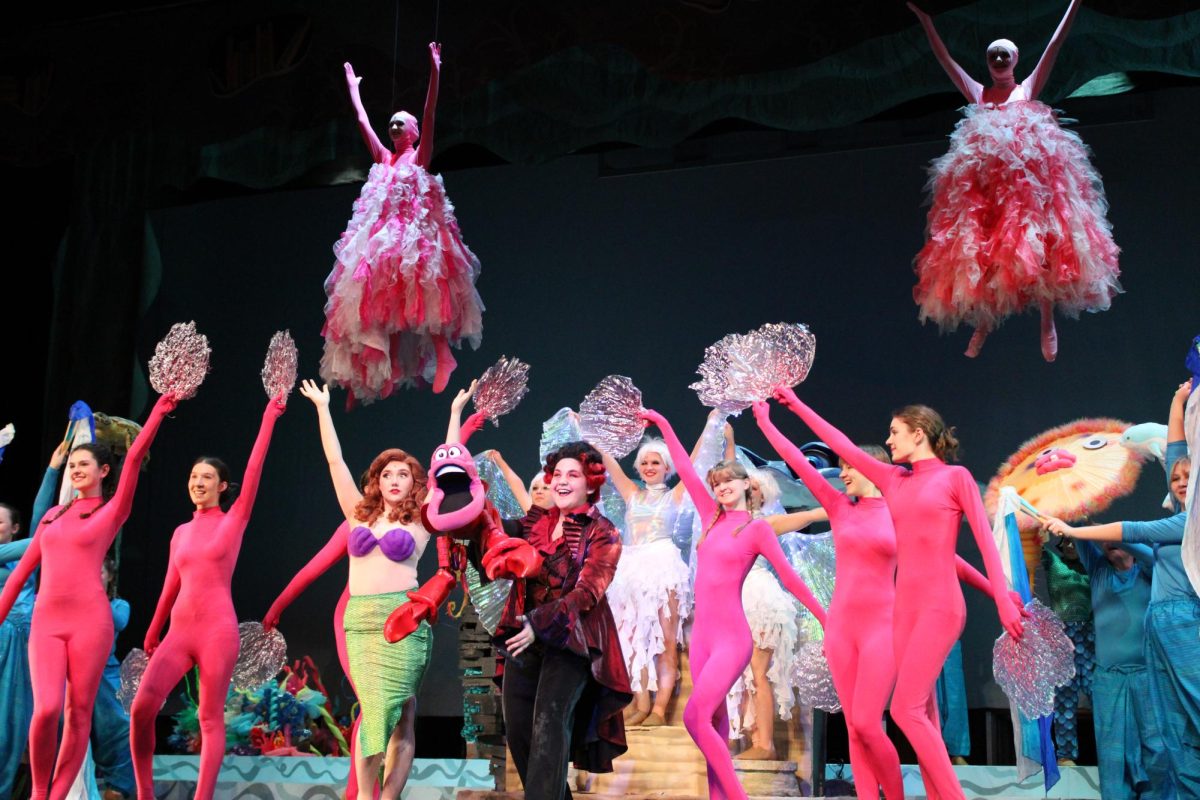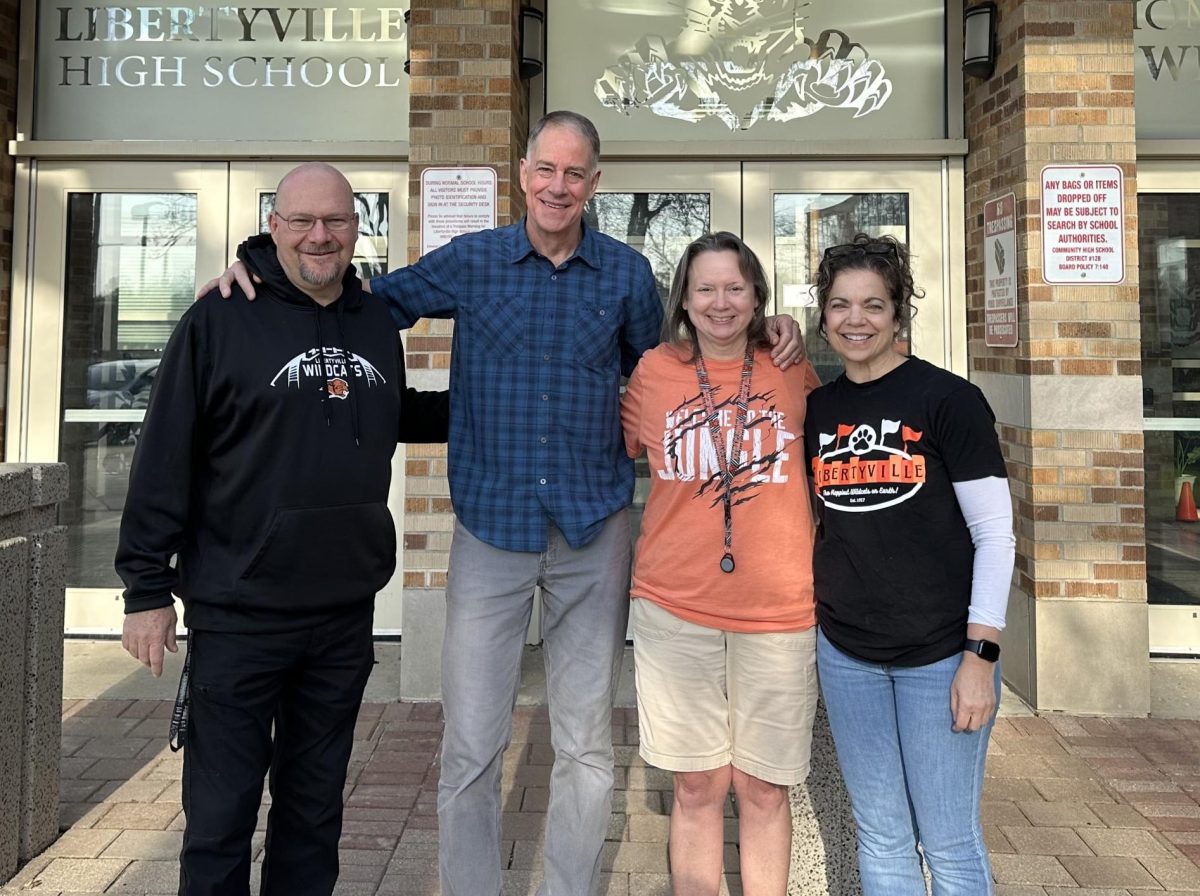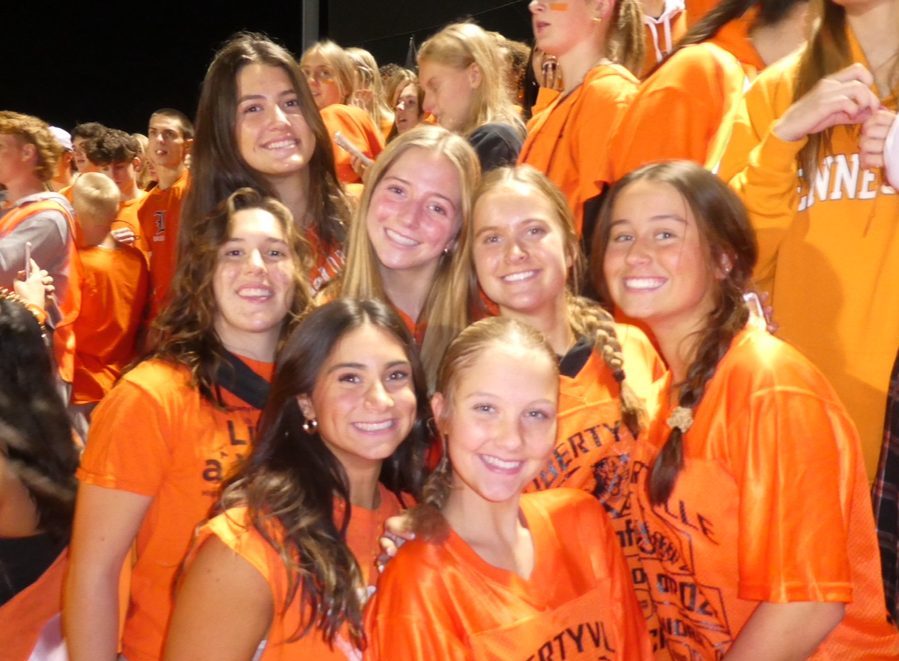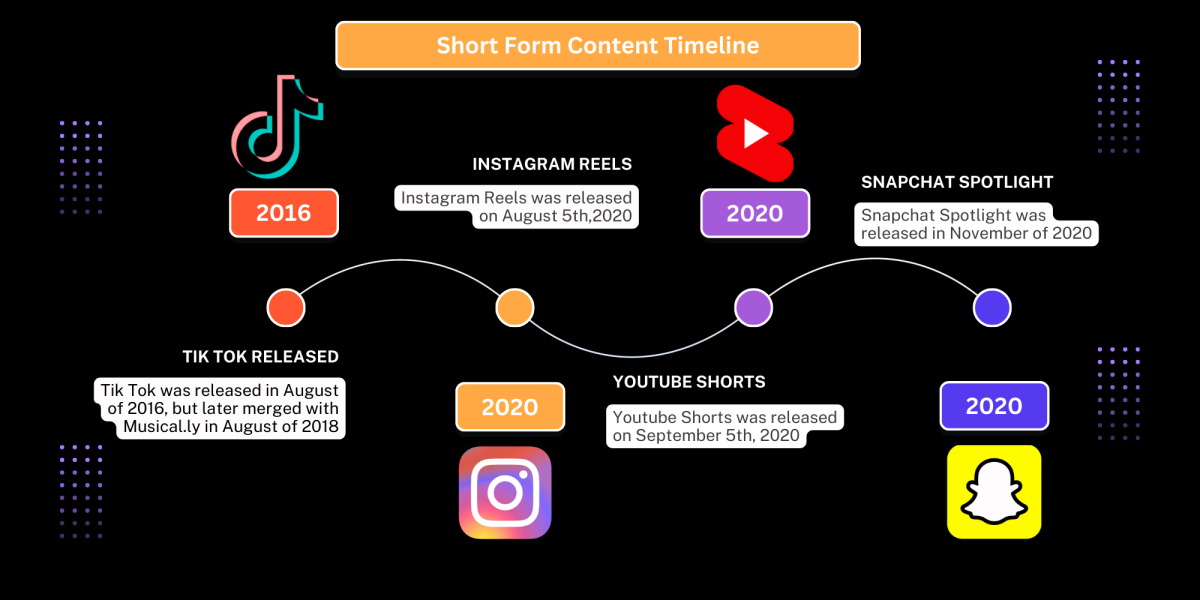Lately there’s been a trend of calling out girls who enjoy going to Starbucks, spending time on their latest iPhone and wearing the oh-so-functional outfit of an oversized sweater, leggings, and UGGs. But are these young women at fault for their overuse of Pinterest and Instagram? Are they to blame for their adoration of One Direction, Ryan Gosling, and Zac Efron? Or are they simply humans living at a time where these actions are acceptable? Let’s investigate this further.
Is it right to assume that a majority of teenage girls drink Starbucks on a regular basis? According to the organization of Small Business, this might not be the case. Out of the millions of customers who attend Starbucks, teenagers ages 13-17 make up only 2 percent. Starbucks instead targets men and women ages 25 to 40, whom make up 49 percent of the total customers.
However, it is true that most of the customers are women. About 68 percent of Starbucks customers are female, meaning that 1.36 of that 2 percent of teenagers attending Starbucks are girls. But a very small number of the total population of teenage girls actually go to Starbucks, meaning that it is wrong to assume that every high school girl goes to the establishment.
But are most of these girls that go to Starbucks white? Yes, about 78 percent of Starbucks customers are white, accounting for 1.06 percent of the 1.36 percent of teenage girls that go to Starbucks, according to the polling site of CivicScience. But again, these are miniscule numbers as compared to the total population of teenage white girls in the United States, which is around 20,373,981 according to the 2000 US Census.
Now, let’s take a look at the iPhone 6. Over 60 percent of teenagers own an iPhone, according to the New York Daily News, but of that 60 percent, are the majority girls? 43 percent of iPhone users are women, meaning that of all the teenagers in the United States, about 26 percent are females who own iPhones, according to ReadWrite. This, I admit, is a fairly large number. But this number lowers when we take into consideration the race of these teenage girls. 27 percent of all iPhone users are white — according to the professional marketing website of MarketingProfs, — indicating that of all the teenagers that use iPhones, about 7 percent are teenage white girls. See my point here? The stereotypes just aren’t adding up. So maybe we shouldn’t be so hard on girls that happen to have iPhones and happen to have a Starbucks frappuccino in hand.
Lastly, let’s investigate the “typical white girl’s” choice of clothing. The average white girl stereotype claims that these girls tend to get their leggings and sweaters from Victoria’s Secret Pink. Although it may be seen that these girls tend to all look the same with their predictable outfits from the same store, on the bright side, Victoria’s Secret has increased their revenue by 10 percent, according to Forbes. Sure, white girls could be more creative in their choice of style, and it may not benefit us as we see countless girls in the hallways wearing seemingly the same outfit, it does benefit the company and also the girls wearing their comfy new clothes. Likewise, the UGG brand has increased its revenue by 2.9 percent as of 2013, according to Deckers, the parent company of the UGG brand. This seems to be the only stereotype that could possibly be accurate, but keep in mind that not all their customers are teenage white girls. For example, a 2011 poll by Moriah Kathleen, a fashion industry professional, has proved that teenage white girls have only accounted for 8.25 percent of the millions of customers that Victoria’s Secret receives yearly.
So perhaps it would benefit everyone if people could keep their stereotypes in check because some of them may not be correct. After all, not all white girls are the same.







